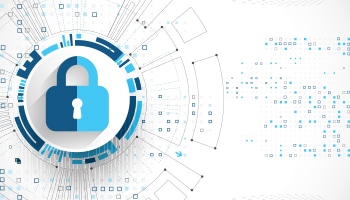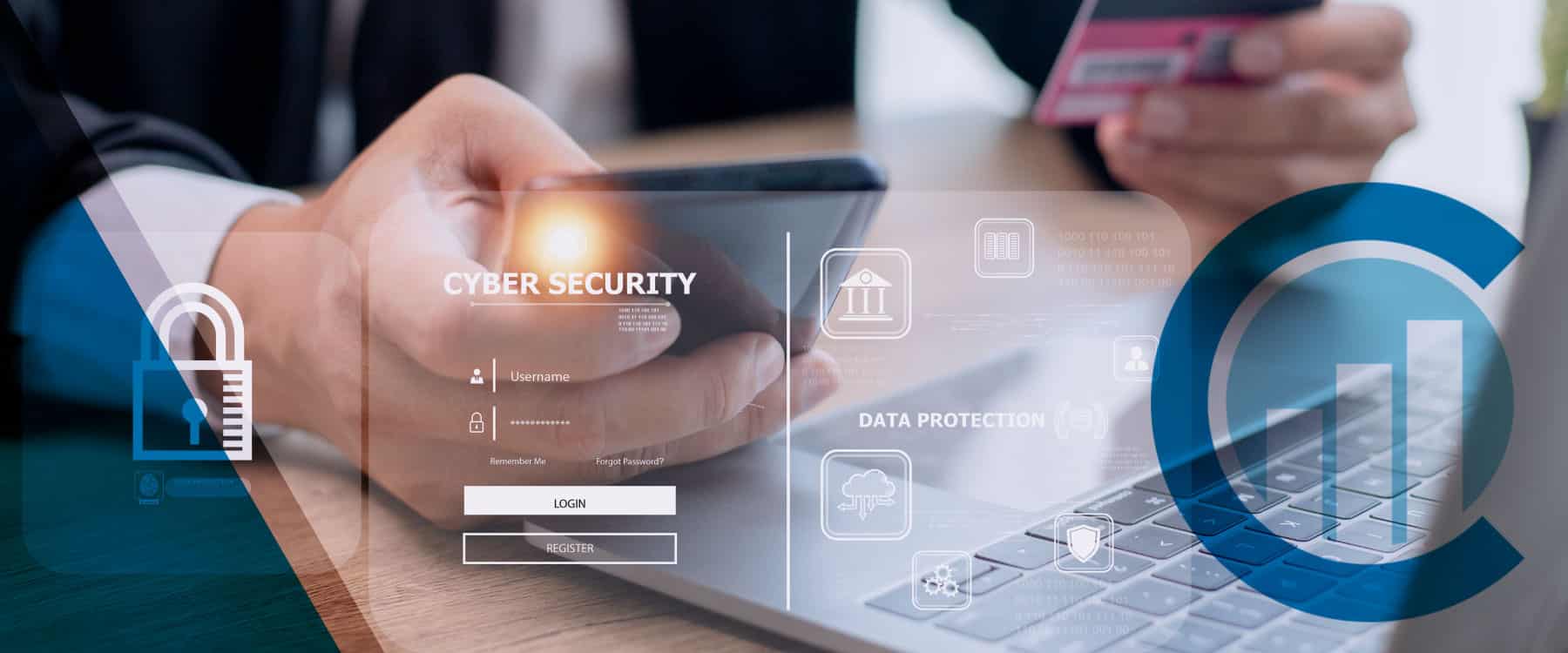Security threats for financial service providers! No doubt, one of the most common topics, and also one of the greatest issues and concerns for the technology world in the current decade.
While organizations and even entire industries are completing their digital transformation and switching to the Cloud, cyber-attacks are becoming more and more severe, and hackers – are more and more creative.
The greatest pressure to enable flawless security falls on those working with the most sensitive business and personal data, and very often – financial details. In this post, we are outlining the key security concerns for financial service providers and refer to solutions that help them protect their business.
Financial Service Providers in the U.S. Fall Under Strict Regulations
Customer data security and data breach resilience are key for any financial organization to operate in the majority of markets and territories. Here are some of the regulations that shape some strict requirements for banks, insurance companies, credit unions, mutual funds, wealth management providers and many more:
Every organization worldwide processing customer credit card details must follow this regulation to minimize the risks of credit card frauds and stealing the personal data of cardholders. The standards set rules for the processing, storage, and transfer of all sensitive data.
The Act requires financial institutions in the U.S. to protect customer data and honestly disclose all data-sharing practices with customers by establishing security controls and protecting customer information from any threats and potential breaches or losses.
This is a U.S. interagency body introducing uniform principles of best practices for financial institutions. It also outlines cybersecurity guidelines in its IT examination handbook infobase which are mandatory for all federally supervised U.S. financial institutions.
Another regulation is actually the main anti-money laundering law in the U.S. and relates to any financial institution accepting money from end customers. To avoid the compromise of internal financial processes, institutions should demonstrate readiness and planning for immediate recovery in case of a data breach.
This framework is mandatory and has been introduced by the U.S. Congress, setting up security standards to avoid fraudulent financial transactions by a number of internal checks. Recently, the framework has been updated with strict cybersecurity components to guarantee that financial organizations address cyber risks properly.
In general, it is all about flawless security and protection and the ability of financial organizations to predict and immediately act in case of a cyber threat to prevent significant losses.
Most Common Cyber Threats for Financial Companies
IBM reports that the average cost of a data breach in the Finance sector equals $5.72 million, which can make some organizations unable to recover. Traditionally, finance businesses and institutions are exposed to more intensive cyber threats, with the most common examples being:
- Phishing Attacks
With this type of attack, usually by email, a user is tricked into opening a message or following a link to a counterfeit page of a trusted provider or partner. Users can also be asked to fill in their credentials for the original platform, thus exposing their sensitive data to anonymous parties. Phishing emails often include attachments that can trigger malicious activity once downloaded on a device.
- Ransomware
Another popular type of cyber attack against financial institutions and their users aims at locking out people from their computers or directories and asking for a ransom to restore access. It is not a surprise that a successful attack on a financial institution could potentially bring enormous returns for cybercriminals.
Check Out More: Data Protection from Phishing and Ransomware Attacks
- DDoS Attacks
A distributed denial of service (DDoS) aims at initiating a significant number of simultaneous fake connection requests to a server or a website, thus provoking the inability of an organization to function normally.
- Supply Chain Attacks
This type of cyber threat refers to malicious activities through third parties and vendors that become compromised. Attacks on supply chain providers can expose the data of numerous partners and organizations and of thousands or millions of end users at once.
How to Avoid Cyber Threats in the Financial Sector
While compliance with most regulations is mandatory, it could be insufficient for organizations to be fully protected against cyber threats evolving with time. Here are some steps you could do, regardless if they are on the list by law or if you want to go the extra mile in terms of security.
- Introduce a zero-trust approach – Consider all network activity as malicious until proven the opposite. Focus on strict access management for all your sensitive data sources.
- Take advantage of the cloud – Rely on public and private cloud solutions for finance organizations designed to guarantee 24/7 availability and a fully isolated environment for mission-critical data and workloads.
- Add DDoS Protection – Protect your site’s stability and security with a DDoS solution, which identifies and blocks malicious traffic and attacks.
- Consider a disaster recovery site – Yes, unexpected disasters happen, but it is better if you have applied preventive measures to protect your infrastructure and ensure business continuity.
- Enable constant monitoring of resources – Make sure you are aware of what is happening with your business and monitor key performance indicators at any time.
- Never compromise – Choose a cybersecurity solution that includes everything you’ll need for protection — from antivirus, anti-malware, URL filtering and categorization, to vulnerability assessment, global threat monitoring, personalized alerts and reporting, and more. Get an experienced managed IT solutions provider, who can deliver the right set of security solutions based on a careful assessment.
CloudScale 365 enables all these and many more solutions for financial organizations to secure their activity. We help our partners protect sensitive financial data, prevent cyber threats, stay secure and compliant and, most of all, take care of clients and partners without exposing them to cyber risks.
If you would like to gain a competitive advantage for your organization through cyber protection, then let’s talk!
We offer free consultancy to evaluate an organization’s current security standards and suggest an individual solution for premium protection.






